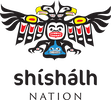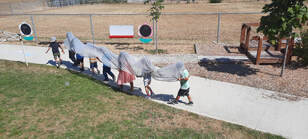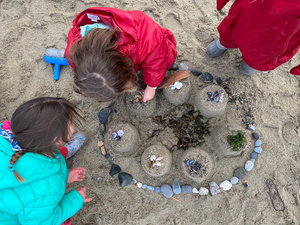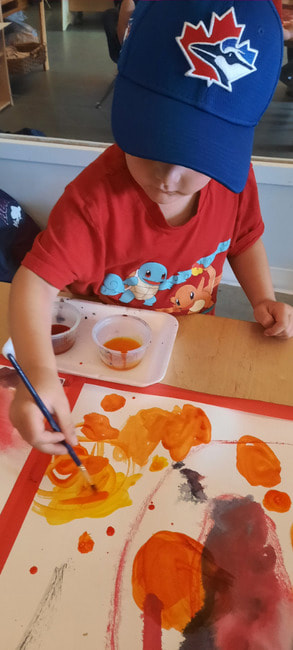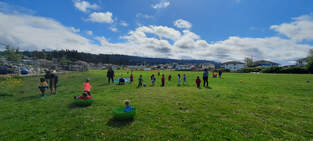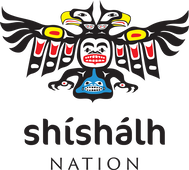Fundamental Principles
|
The Reggio Emilia Approach is based on a comprehensive philosophy, underpinned by several fundamental, guiding principles. While, for the sake of clarity, these principles are presented individually, they should actually be considered a tightly woven, integrated, systemic philosophy.
The child as protagonist, collaborator, and communicator. As their primary principle children are strong, powerful, and competent from birth. The emphasis is placed on seeing the children as unique individuals with rights rather than simply needs. Children are protagonists with the right to collaborate and communicate with others. Their rights are manifested in curiosity, wonderment, exploration, discovery, social construction, and representations of their knowledge within their contexts. Children are not passive receptors of teacher-generated knowledge but are able to construct knowledge based on their experiences and interactions with others. Children are also communicators, developing intellectually through the use of symbolic representations, including words, movement, drawing, painting, building, sculpture, shadow play, collage, dramatic play, and music, all of which lead children to surprising levels of communication, symbolic skills, and creativity. These multiple forms of representation have come to be known as the "hundred languages of children." The teacher as partner, nurturer, guide, and researcher. It is essential that teachers see themselves as partners in the co-construction of knowledge with the children. Rather, they are with the children, exploring, discovering, and learning together. The whole classroom community understands that each contribution is valued. This, in turn, makes children more powerful contributors to their own education. Teachers are also researchers who must constantly readjust their image of children and learning. To be effective researchers, educators decide what to teach by "listening, observing, asking questions, reflecting on the responses, and then introducing materials and ideas children can use to expand their understanding. Cooperation as the foundation of the educational system. Reggio-inspired teachers are partners with their colleagues. An atelierista, is a teacher specifically trained in the arts, who collaborates with the classroom teachers in planning and documentation. All classes contain at least two teachers, allowing for one systematically to observe, take notes and record conversations between the children. The environment as the "third teacher." The physical environment of the school, is often referred to as the "third teacher" or "third educator," in conjunction with the two classroom teachers. Created from, but going beyond mere physical space, an environment is seen as a living, changing system. It conditions how we feel, think, and behave; and it dramatically affects the quality of our lives." The atelier, or art studio, is a workshop that contains a wide range of media and materials for fostering creativity and learning through projects. The atelier provides a place for children to use a variety of techniques, it assists the adults in understanding processes of how children learn, and it provides a "workshop for documentation." The Parent as Partner. Children, teachers, and parents are three equally important components in the philosophy's educational process. Parents are encouraged to be active contributors to children's activities in the classroom and in the school. Curricular and administrative decisions involve parent-teacher collaboration, and parents also serve as advocates for the schools in community politics. Documentation as communication. Documentation serves many functions and is an important tool in Reggio Emilia-inspired programs. Documentation of the children's projects is carefully arranged, using transcriptions of children's conversations and remarks, photographs of ongoing work and activities, and the products that have been produced by the children to represent their thinking and learning. The documentation shows children that their work is valued, makes parents aware of class learning experiences, and allows teachers to assess both their teaching and the children's learning. Adapted from a research article "Research Into Practice: Reggio Emilia" by Laurie Kocher, with permission granted.
|
|
